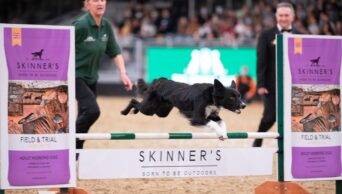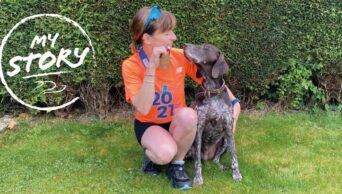How do I get involved with agility?
Blog , +2
August 5, 2022
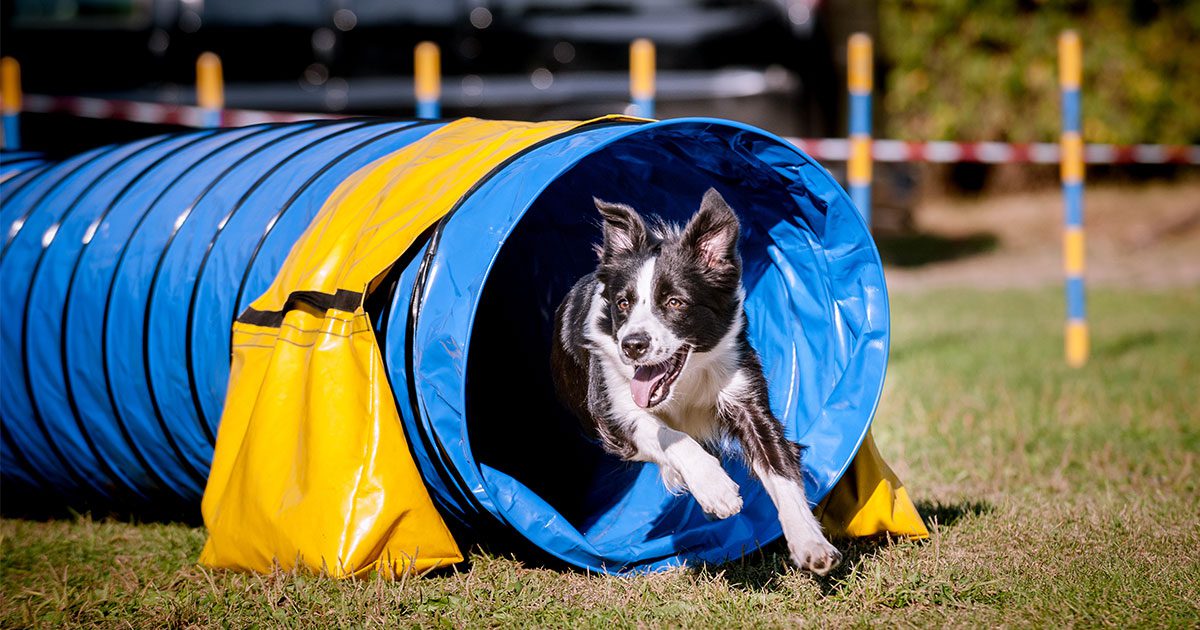
If you’re interested in teaching your dog something new, agility is a fun and exciting sport that offers many benefits to both dogs and handlers and can be enjoyed by any dog no matter what breed they are.
With so many benefits to both you and your dog, it’s hardly surprising that agility is so popular. But that’s not say you have to be a professional dog handler to get involved. Here are Skinner’s top 10 tips to kick off your agility training journey:
1. Is your dog the right age for agility?
Many people often ask what age dogs should be when they start agility, and typically it’s best for dogs to start getting involved in agility training fairly young, usually between the ages of 1 and 2 when they are fully grown. According to safety advice from the Kennel Club, dogs shouldn’t start using agility equipment until they are at least one year old, because jumps may risk damaging the joints of young dogs.
This means you’ll need to consider the age of your dog before getting started. But if your dog is slightly too young at the moment, don’t be disheartened. Young dogs can still be introduced to the concept of agility early, by trying out flat obstacles and working on basic commands such as sit and stay.
2. Register with the Kennel Club
Agility is open to dogs of all breeds, both pedigree and crossbreed. But to get involved with agility training and agility competitions you must make sure that your dog is registered with the Kennel Club, either on their breed register or activity register. You can do this here.
3. Consider your dog’s fitness level
Whilst it’s a lot of fun, agility is hard work for a dog and requires a good level of fitness. Before getting started, we’d recommend a vet check to ensure your dog’s heart and joints are in good condition. You may also want to consider a health check for yourself, as agility training is sure to get your heart rate up too!
4. Make sure you have a good level of basic training in place
Your dog will be off lead when they take part in agility, so it’s important that you’ve set good foundations with your basic training. Work with your dog to ensure they have reliable recall and respond consistently to voice commands, especially around distractions. If you need some tips for your recall training, take a look at this video.
You can also spend some time practising tricks – such as spins, responding to cues from a distance, and having your dog positioned by your side rather than just in front of you. This will get your dog used to listening to you and will start developing their co-ordination and flexibility. All of this will be beneficial when you get into the agility ring.
5. Work on your dog’s socialisation
Typically, when you take part in agility sessions there will be lots of other dogs and people around you. Agility is supposed to be fun for both you and your dog, so before getting started with agility you should make sure that your dog feels comfortable in new and busy environments. If your dog is a little nervous at the moment, dedicate some time to some socialisation work with them to slowly start getting them used to new situations and scenarios.
6. Try it out casually before committing
If you’d like to give agility a try before committing to it, there are some ways that you can expose your dog to it beforehand. You could attend an agility taster session, either at local events and dog shows or at a local dog training school if they offer it. Alternatively, you could try out some basics in your garden with a simple homemade course, using items such as a hula hoop or tunnel. This is a great way to get a feel for agility and whether your dog is likely to enjoy it moving forwards.
However, if you decide to try out agility with your dog, start slowly to begin with and keep it fun. Let your dog explore at their own pace and if your dog is hesitant or uncomfortable with any of the equipment you set up, don’t make them use it before they’re ready.
7. Find a good local agility class
When you’re serious about getting involved with agility, it’s important to speak to and work with an experienced agility trainer. Have a look for dog agility training classes and dog agility groups in your local area and then try one out to make sure you like the instructor and the atmosphere of the class. The Kennel Club website offers lots of great agility advice and even has a Find a Club service to help you find a class near you.
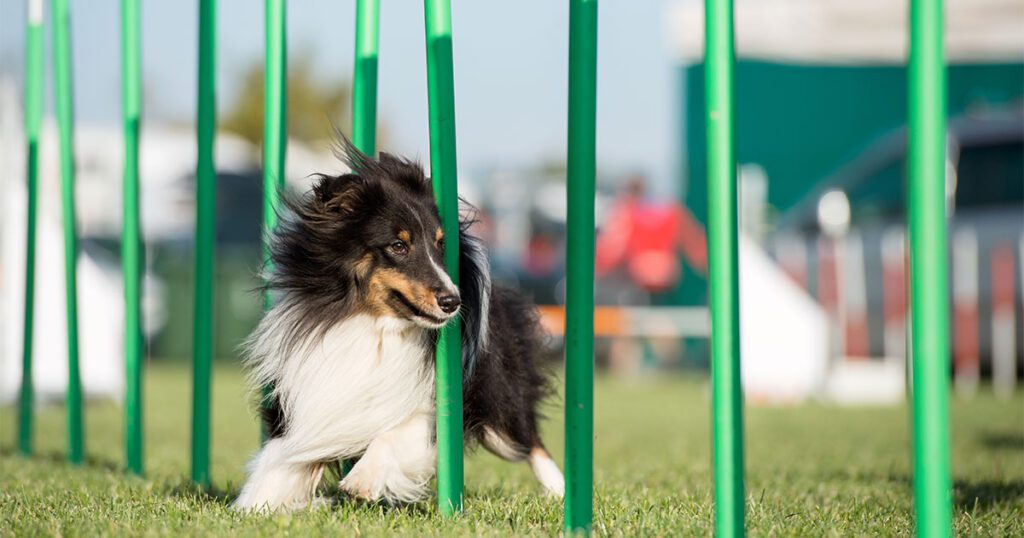
8. Find a reward that works for your dog
Once you’ve got started with your training, find a reward that really works for your dog. Consider what rewards your dog loves the most and what’s bound to motivate them – is it a high value treat, a favourite toy, or some fuss? Or maybe it’s a combination of all three? When you know what rewards your dog enjoys, make sure you offer plenty of positive reinforcement as you train to motivate your dog and make agility an enjoyable experience for them. The more they enjoy it, the better they’ll perform.
9. Focus on teamwork
Agility is all about teamwork – so to be successful you need to have a good, strong bond with your dog. You’re supposed to be partners in your training so try not to get annoyed or frustrated with your dog as you get started. Instead, allow your dog time to become confident with the equipment and your commands without any expectations or pressure, and focus on the positives as they progress. Above all else, try to just enjoy spending that time with your dog.
10. Give your dog the right fuel for their agility training
Last but not least, make sure you keep your dog’s energy levels up when they’re doing their agility training. Give them plenty of breaks and always have fresh water available. As agility is hard work on your dog’s body it’s also beneficial to give them a little boost for their training. Our Get Out & Go! Energy Bars and Recovery Bars are full of nutrients and designed specifically to support dogs during periods of high activity, making them the perfect way to keep your dog fuelled up and raring to go.
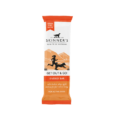
Energy Bar
Packed full of nutrients, designed to keep them going while you’re both out there having fun.
£15.48
Purchase direct
12 x 35g pouches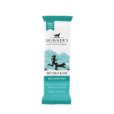
Recovery Bar
A post-adventure treat for your dog when they might need a little help replenishing their glucose.
£15.48
Purchase direct
12 x 35g pouchesAre you feeling inspired? Get started with agility today, and don’t forget to share photos and videos of your progress with us by tagging us on social media.

